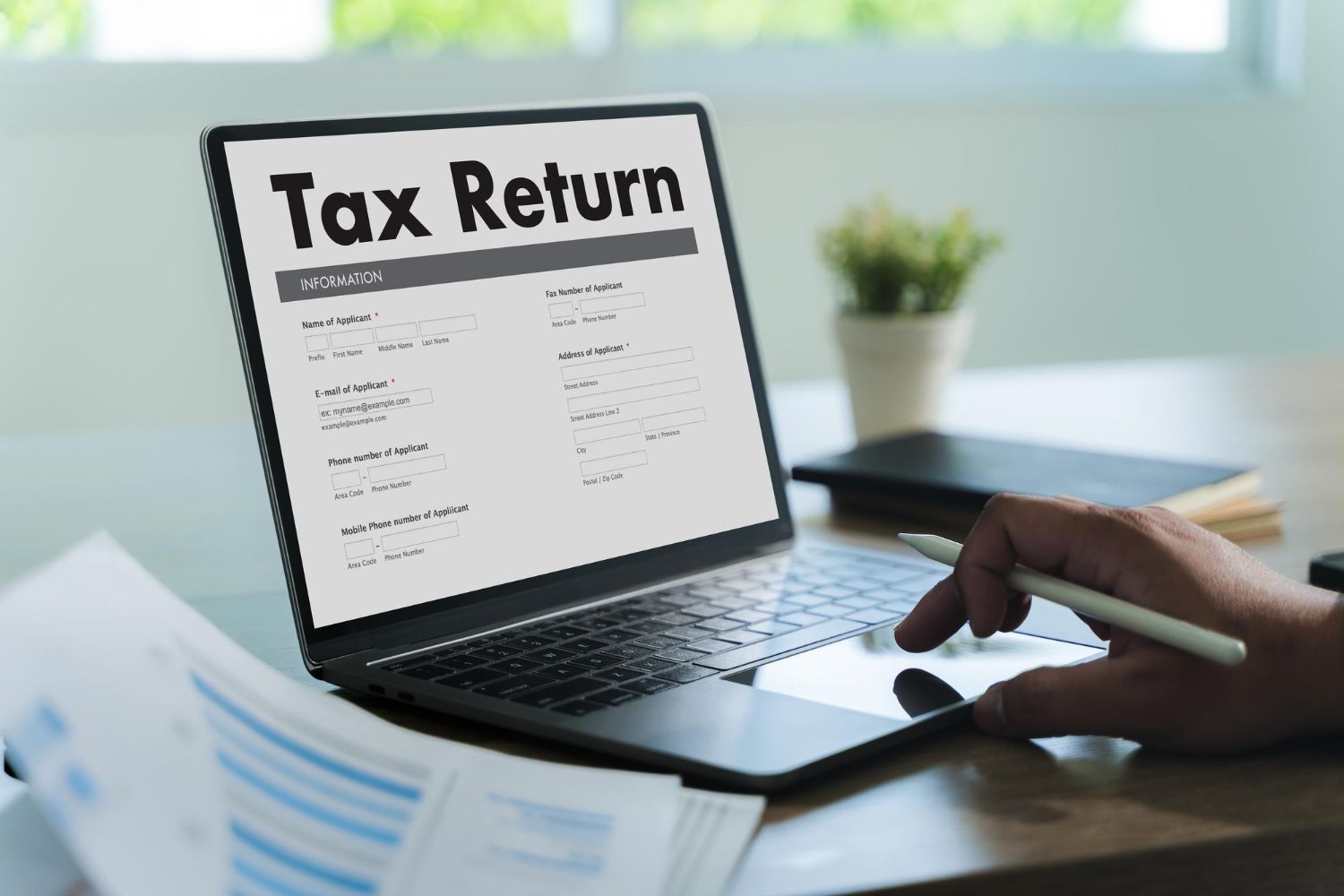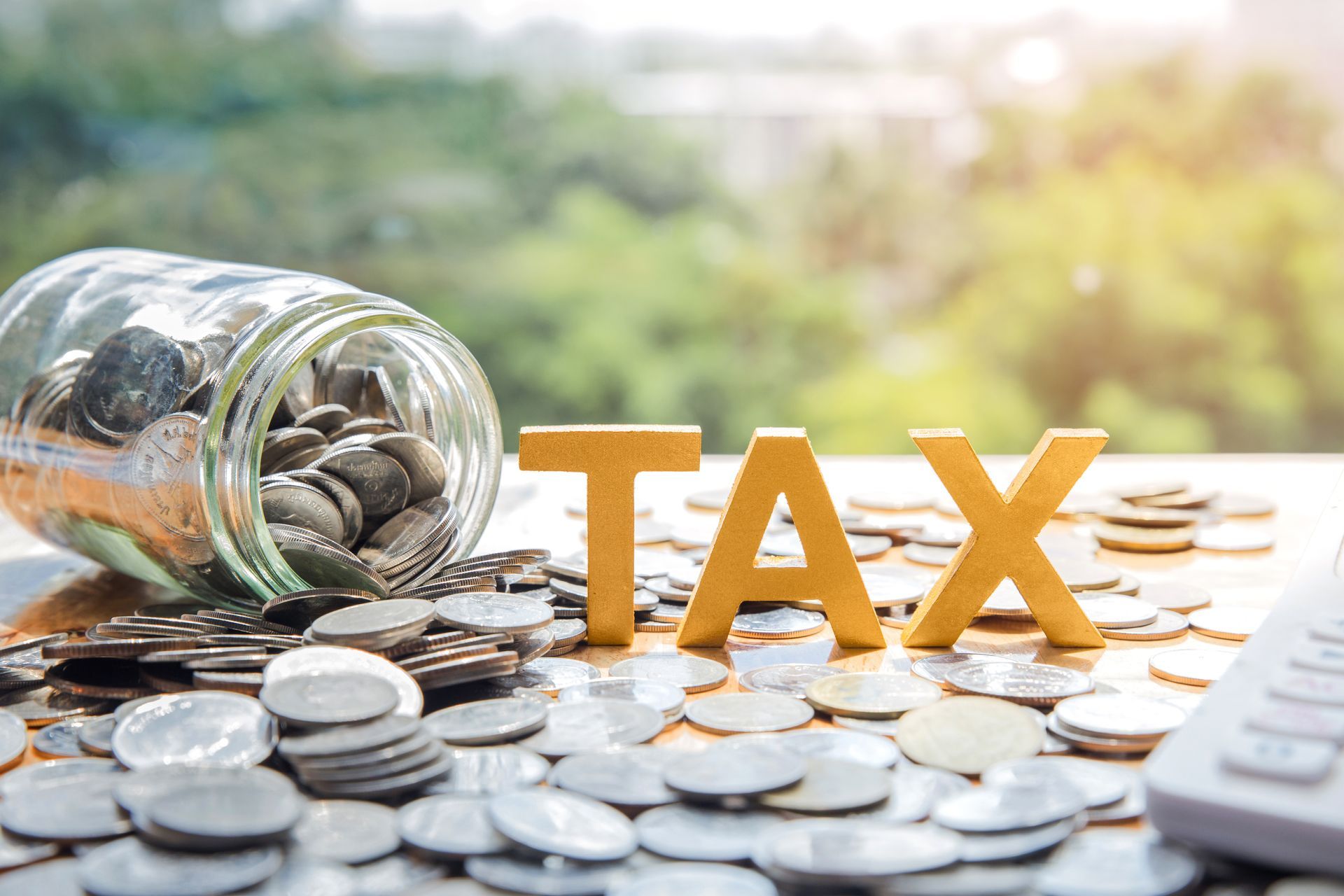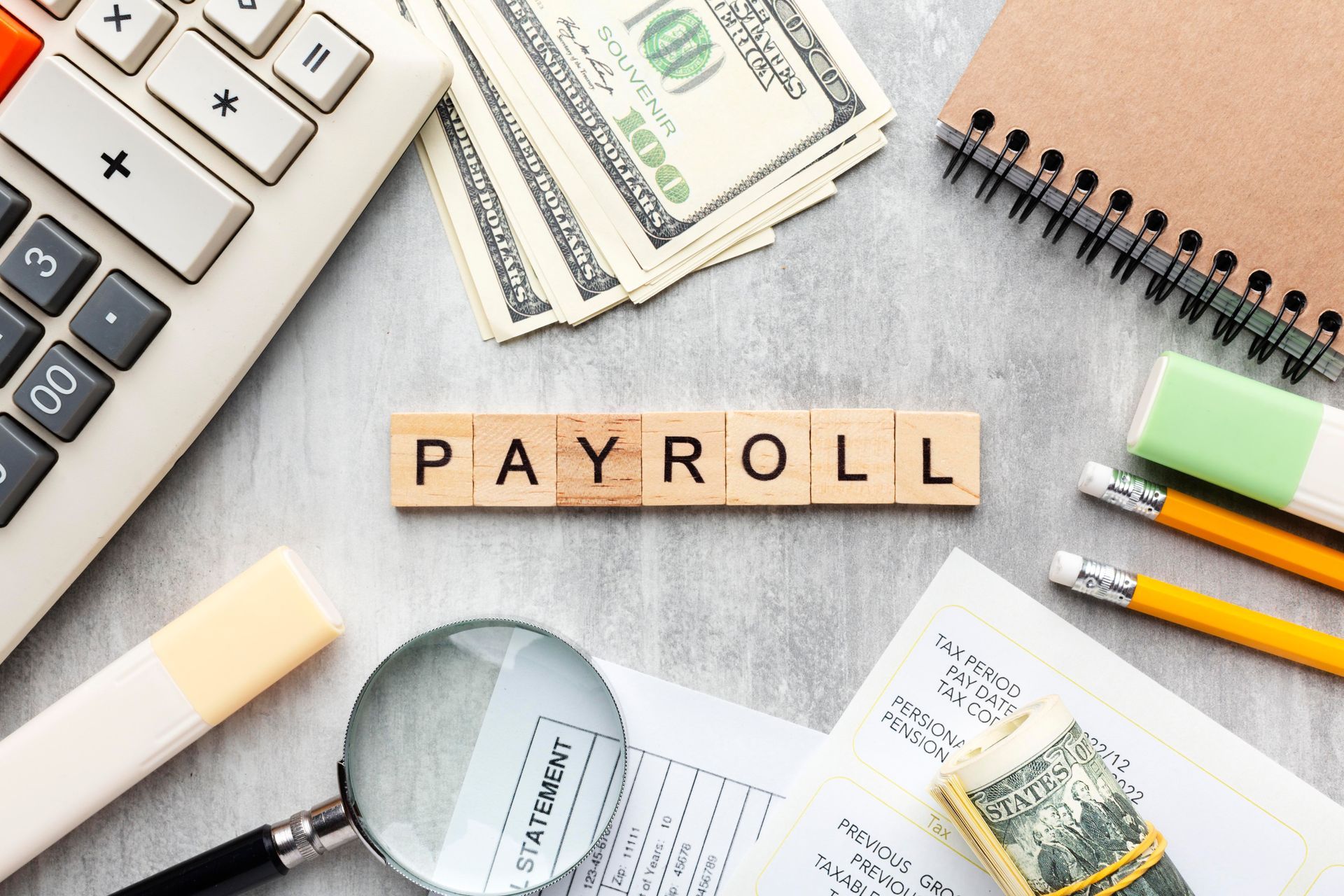What are the Updates on Travel Deductions for Residents in 2024?
If you happen to reside in the northern regions of Canada, we have some great news for you! The travel deductions available for northern residents have been expanded, allowing more individuals to claim their expenses for trips to and from these areas on their 2021 tax returns. Curious to know more about these updated deductions? Keep reading for all the details!
Exciting Updates on travel deductions for Northern Residents: Travel Benefits Expansion!
If you are a resident of the northern regions of Canada and have resided there for a minimum of 6 consecutive months, there is some great news for your 2021 tax returns! The deductions available for northern residents have undergone expansions, particularly in the realm of travel benefits. These deductions aim to alleviate the additional costs associated with living in remote areas by reducing your taxable income.
To claim these deductions on your tax return, you will need to utilize the T2222 form for the northern resident’s deduction. For Québec residents, the provincial travel deductions can be claimed using the TP-350.1-V form. To explore more details about the travel deductions for northern residents.

What’s New with the Travel Benefits Deduction?
In the past, the travel benefits deduction (or travel deduction for Québec residents) could only be claimed if you worked in a prescribed zone and incurred expenses for trips outside your region, for which you received a taxable travel allowance from your employer. However, there is a significant change for the 2021 tax year. Now, you can claim a deduction for personal trips, even if you are not employed.
If you or someone in your household traveled within Canada during the year, you can claim the costs of up to 2 trips per family member. However, if you traveled for medical reasons, there is no limit on the number of trips you can claim.
The amount you can claim is the lesser of the following:
- The actual cost of your trip, including transportation and accommodation expenses.
- The lowest return airfare to the nearest designated city when you embarked on your trip.
- Up to $1200 per family member.
It is important to note that if you received a taxable travel allowance from your employer, you could still claim your taxable travel benefits, similar to previous years. For further information on claiming taxable travel benefits, please refer to the H&R Block Online Help Centre.
Please keep in mind that if you received a non-taxable travel allowance or any other non-taxable travel assistance from your employer, you will not be eligible to claim the travel benefits deduction on your tax return.
What Do You Need to Claim the Deduction?
To claim the deduction, you will need to complete and file the northern residents deduction (T2222) form along with your 2021 tax return. Here’s what you’ll need:
- Start Date of Your Trip: You will need to provide the start date of your trip to calculate the lowest return for travel deductions airfare between your travel destination and a designated city.
- Receipts for Transportation: Keep all receipts for your transportation expenses, such as airfare, train or bus fare, or vehicle expenses.
- Receipts for Accommodations: Retain receipts for your accommodation expenses, including motel or hotel costs.
If you don’t have receipts for your expenses, there is a simplified method available for calculating meal and vehicle expenses. However, note that this method is only applicable to meals, and there is no simplified method for other expenses. For meals, you can claim $22 per meal (including tax) for a maximum of three meals per day for travel deductions. Regarding vehicle expenses, you can claim a per-kilometer rate based on the distance traveled, depending on the province or territory from which you started your journey. While you don’t need to keep receipts for the simplified method, it’s advisable to have supporting documentation to validate your claims.
What is a Designated City?
A designated city is the city closest to your place of residence. The deduction you can claim for travel deductions cannot exceed the cost of the lowest return airfare to that designated city, regardless of whether you traveled to that city or used air travel. The designated cities for this purpose are:
- Vancouver, BC
- Calgary, AB
- Edmonton, AB
- Saskatoon, SK
- Winnipeg, MB
- North Bay, ON
- Toronto, ON
- Ottawa, ON
- Montréal, QC
- Québec, QC
- Moncton, NB
- Halifax, NS
- St. John’s, NL

How Can You Determine if You Live in a Prescribed Zone?
The amount you can claim for the northern resident’s travel deductions depends on the zone in which you live. If you reside in a prescribed northern zone (Zone A), you can claim the full travel deductions amount. However, if you live in a prescribed intermediate zone (Zone B), you are eligible for only half of the deduction amounts.
To determine if you live in a prescribed zone, refer to the list provided by the Canada Revenue Agency ( CRA ) and Revenu Québec:
- Northern zone (Zone A)
- Intermediate zone (Zone B)
- Northern zone (Zone A) – Québec only
- Intermediate zone (Zone B) – Québec only
Living in Canada’s northern regions often comes with unique challenges and expenses due to remote locations and extreme weather conditions for travel deductions. To alleviate some of these financial burdens, the Canadian government provides tax deductions for northern residents. In this blog, we’ll explore the latest updates on travel deductions for northern travel deductions residents and how these deductions can benefit those living in Canada’s northern communities.
Understanding Northern Resident Deductions
Northern resident deductions are designed to help offset the higher costs of living in northern Canada. The specific deductions include:
1. Northern Residents Deductions (NRD): This deduction is available to individuals who live in eligible northern or remote communities. It includes two components: the basic residency amount and the additional amount for travel benefits. The basic residency amount is a set dollar amount, while the additional amount is based on the number of eligible days spent in the northern region.
2. Travel Benefits: Northern residents can claim travel benefits for eligible travel expenses incurred during the tax year. These expenses may include airfare, bus tickets, hotel accommodations, and meals when traveling for medical services, education, or employment.
Also Read: Are tipping subject to taxation in Canada?
Latest Updates on Northern Resident Deductions
It’s essential to stay updated on the latest changes and updates to tax deductions, including those for northern residents. Here are some recent developments:
1. Changes in Eligible Communities: The list of eligible northern and remote communities may change over time. It’s important to check the most up-to-date list to ensure your community qualifies for the NRD.
2. Updated Travel Benefit Rates: The rates for travel benefits can change annually. Ensure you have the latest rates for eligible travel expenses when claiming deductions. These rates typically consider factors like distance and mode of transportation.
3. COVID-19 Considerations: The COVID-19 pandemic has introduced unique challenges for northern residents. Some tax rules may have been temporarily adjusted to accommodate remote work and education during the pandemic. It’s essential to understand any pandemic-related changes that may affect your travel deductions.
4. Consultation and Feedback: The government may seek input from northern residents and stakeholders to improve the effectiveness of northern resident deductions. Stay informed about consultations and provide feedback to help shape future tax policies.

Claiming Northern Resident Deductions
To claim northern resident travel deductions, follow these steps:
- Determine your eligibility: Ensure you meet the criteria for northern resident deductions, including residency in eligible communities and eligible travel.
- Keep records: Maintain thorough records of your travel expenses, including receipts and supporting documents. Accurate record-keeping is crucial when claiming deductions.
- Complete your tax return: Include the necessary information and calculate your deductions on your tax return. Tax preparation software or a tax professional can assist you in this process.
- Review the latest tax forms and guides: Consult the most recent tax forms and guides provided by the Canada Revenue Agency (CRA) to ensure compliance with current tax rules.
Conclusion
Northern resident deductions are an essential financial relief for those living in northern Canada. By staying informed about the latest updates and changes to these deductions, you can maximize the benefits and reduce the financial strain associated with living in remote regions. If you have specific questions or need assistance with your tax return, consider consulting a tax professional or reaching out to the CRA for guidance.
Share This Blog











